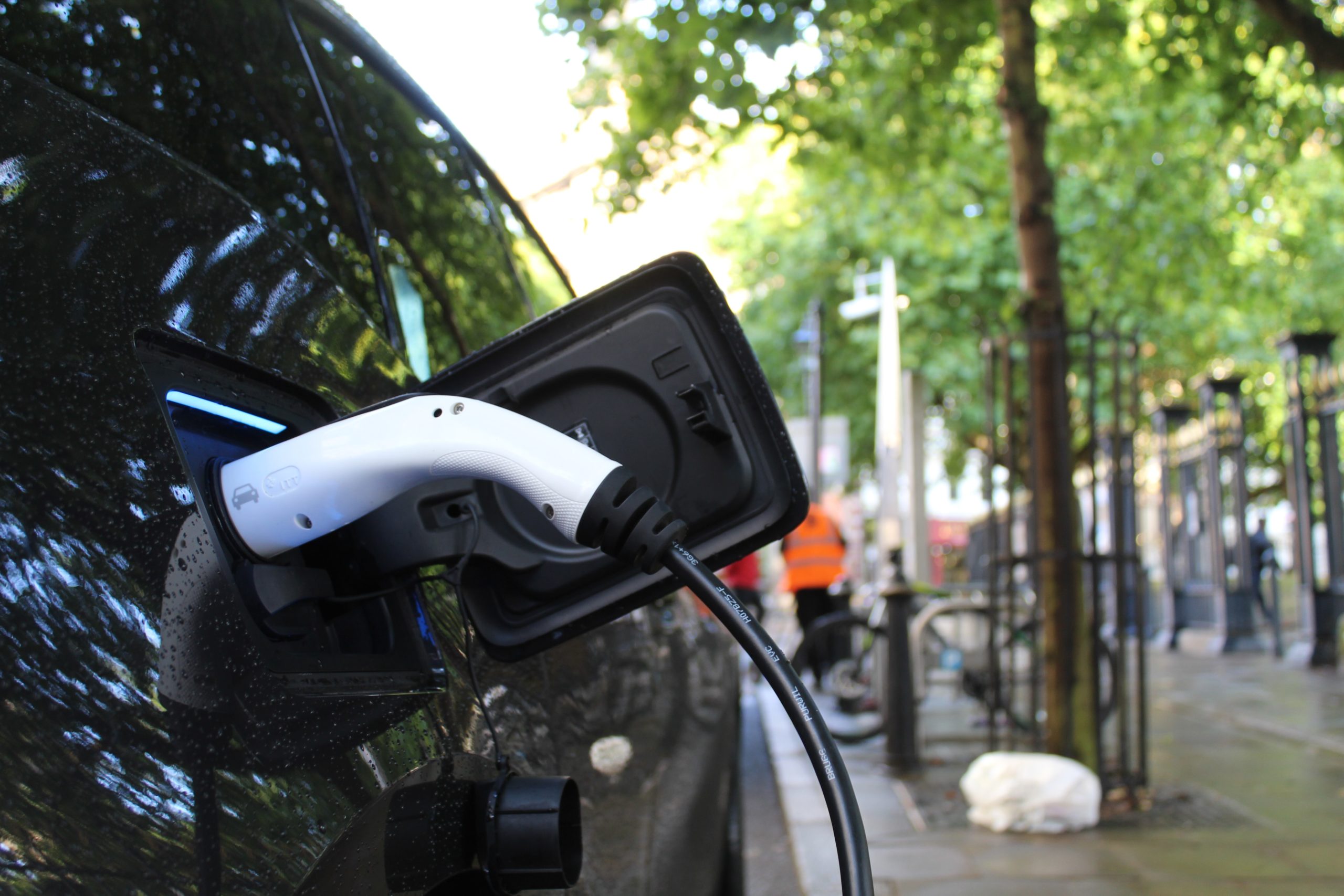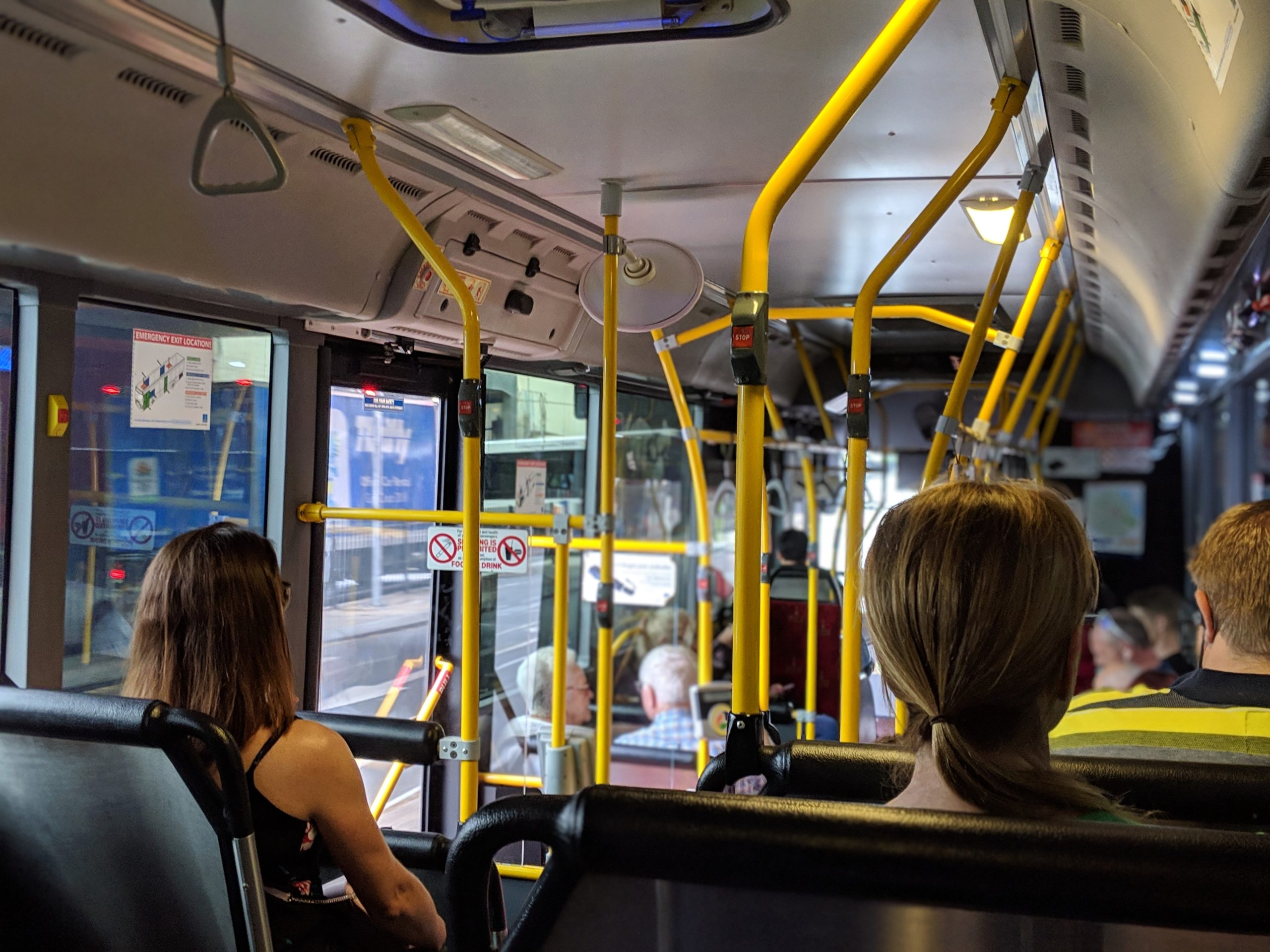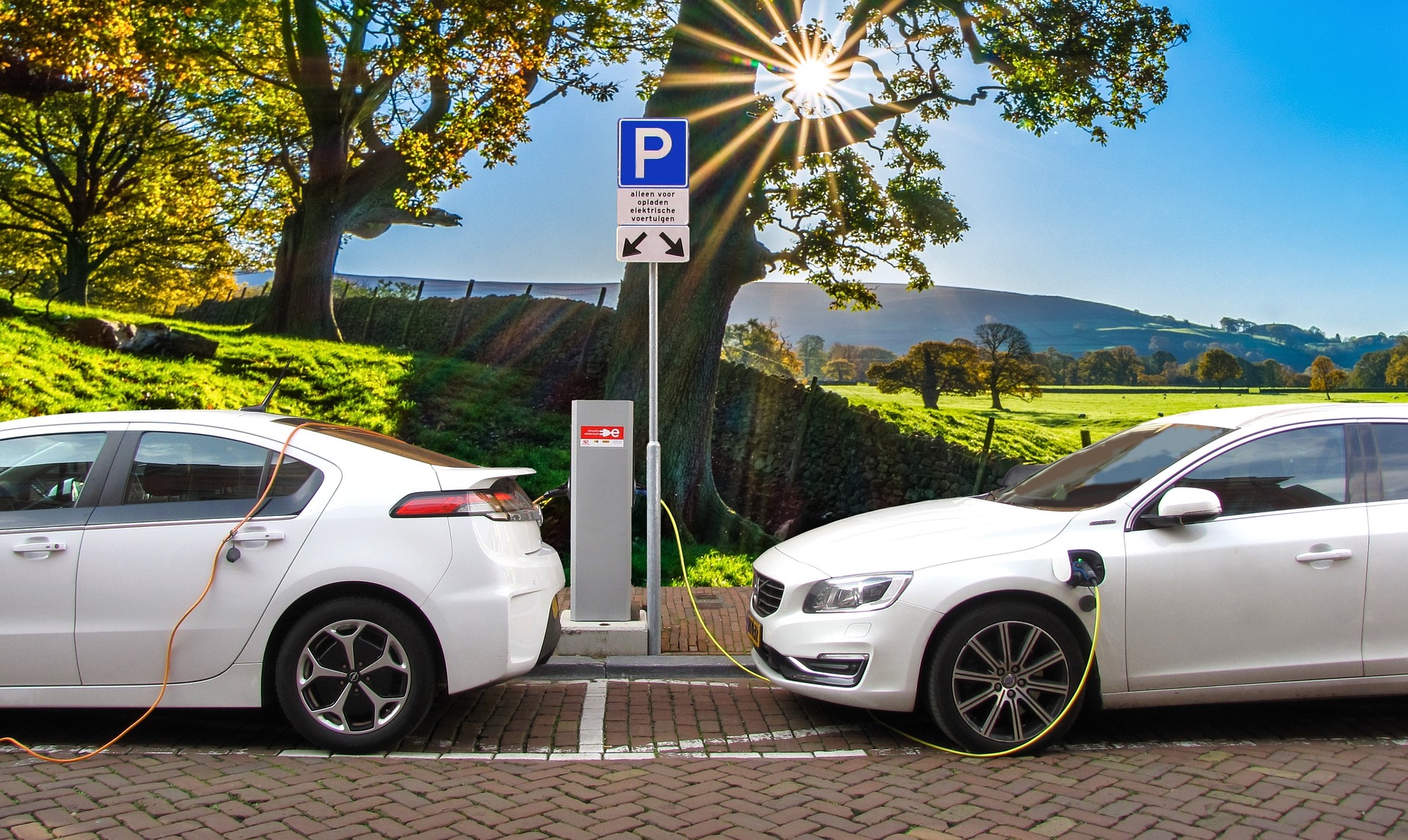Welke laadbehoefte heb je over 5 tot 10 jaar? Om die vraag te beantwoorden, stellen gemeenten doorgaans meerdere toekomstscenario’s op, met een aparte prognose voor elke scenario. Amsterdam koos voor slechts één scenario, eentje waarin al het huidige vervoer in 2030 elektrisch is. Wat betekent dat maximale scenario voor je laadbehoefte? Welke schaalsprong moet je dan maken als je kijkt naar de huidige laadinfrastructuur?
‘Laad me’ heet het Strategisch plan Laadinfrastructuur 2020-2030 dat Amsterdam opstelde, met een knipoog naar Ramses Shaffy. Projectleider is Bertien Oude Groote Beverborg: ‘We willen gezonde lucht voor onze bewoners. Daarom willen we dat het vervoer in de stad in 2030 helemaal emissievrij is, een doelstelling die is opgenomen in het Actieplan Schone Lucht. Daarnaast heeft de gemeente een ambitie voor een klimaatneutrale stad in 2050. De verduurzaming van vervoer draagt hier natuurlijk aan bij’
Wensscenario
Voor ‘Laad me’ benaderde de gemeente het huidige vervoer integraal, dus ook het vervoer over water. Vervolgens werd ervan uitgegaan dat alle modaliteiten in 2030 elektrisch zouden zijn. Dit ene maximale scenario levert een maximale laadbehoefte op met relatief hoge aantallen: het kan alleen maar meevallen, aldus de projectleider. Aan de keuze voor deze aanpak lagen strategische motieven ten grondslag, al speelde de factor snelheid ook een rol, aldus de projectleider: ‘Welke scenario je ook kiest, het klopt per definitie niet. En in geval van meerdere scenario’s moet je ze allemaal monitoren. Waarop ga je je focussen? Wat leg je de politiek voor? Het lijkt alsof er wat te kiezen valt, maar dat is niet zo omdat het aantal laadpunten zal moeten inspelen op de laadbehoefte.
Wekelijkse terugkoppeling
Met het maximale scenario als stip op de horizon, berekende EVConsult welke schaalsprong Amsterdam moest maken op het gebied van laadinfrastructuur verspreid over de stad. Vervolgens werd in relatief korte tijd de verdeling naar laadinfrastructuur in beeld gebracht, in een agile proces, vertelt Sjoerd Moorman van EVConsult. ‘We hebben wekelijks de resultaten van ons onderzoek aan de gemeente voorgelegd. Zo konden we steeds nagaan of we op de goede weg zaten en samen met de gemeente bijsturen en verder verfijnen op de juiste onderwerpen. De gemeente werd niet in één keer geconfronteerd met een big bang ofwel met een in beton gegoten eindresultaat.’
Veelheid aan data
EVConsult prognosticeerde het benodigde laadnetwerk voor personenauto’s aan de hand van verschillende databronnen en, de door Districon in kaart gebrachte, stedelijke logistiek en energiebehoefte. Daarin werden aannames over gemeentelijk beleid meegenomen, evenals technische ontwikkelingen, gedrag van de gebruikers en economische ontwikkelingen. Er werd ook op stadsdeelniveau gekeken waar de laadpalen moeten komen en natuurlijk wat dat voor de energiebehoefte betekent.
De rol van snelladen werd in beeld gebracht, niet alleen wat aantallen betreft maar ook het type locaties. Bijvoorbeeld bij supermarkten of sportscholen. De taximarkt, de stedelijke logistiek, touringcars, OV-bussen en vaartuigen werden apart geanalyseerd. En alle prognoses werden gevalideerd door ze te vergelijken met toonaangevende nationale en internationale prognoses.
Mooie getallen
In de prognoses staan enkele tot de verbeelding sprekende getallen. Bijvoorbeeld dat de energievraag voor elektrisch vervoer in 2030 verachtvoudigd. Nogal een punt van zorg gezien de problemen die er nu al zijn. Goed nieuws is er ook. In 2030 zijn circa 82.000 laadpunten in Amsterdam nodig voor personenauto’s en bestelwagens. Dat is even schrikken, maar in de berekeningen van EVConsult komt naar voren dat Amsterdam in 2030 maar liefst 50.000 private en 13.000 semi-publieke laadpunten telt. Omdat er daarnaast ook nog eens 800 snellaadpunten zijn, heeft Amsterdam bij het maximale scenario ‘slechts’ 18.000 laadpunten in de openbare ruimte nodig. Bertien: ‘En dat zijn 9.000 laadpalen. Als je bedenkt dat Amsterdam nu al 2.500 laadpalen telt, is de opgave te overzien. Omdat we uitgaan van het maximale scenario, is het zelfs maar de vraag of we uiteindelijk al die palen nodig hebben.’
Die 9.000 laadpalen bezetten in 2030 1 op de 15 publieke parkeerplekken, uitgaande van het huidige areaal. ‘Die 1 op 15 is wel een gemiddelde,’ licht Bertien toe. ‘In wijken met veel nieuwbouw zal veel binnen, in het gebouw zelf, geladen worden, in de oudere stadsdelen zal het gemiddelde hoger zijn.’
Bewoners meenemen
Nu Amsterdam de opgave in beeld heeft, is het volle kracht vooruit. Bertien: ‘Er staat een stevige organisatie. We hebben net een nieuwe overeenkomst gesloten voor het aanvraaggestuurde plaatsing van laadpalen met TotalEnergies voor een plaatsingsperiode van anderhalf jaar. We hopen met hen het aantal standaardladers fors uit te breiden. Het is belangrijk om bewoners meenemen in deze uitbreiding. Er zijn relatief weinig parkeerplekken nodig voor laadinfrastructuur, maar voor al die bewoners die nog geen elektrische auto hebben, betekent dat toch een flinke claim op het parkeerareaal. We willen daarom met partijen aan de voorkant van het proces bespreken waar die laadpalen terecht gaan komen, zodat ze niet worden geconfronteerd met verrassingen. ’Naast de publieke ruimte pakken we als gemeente onze regierol op door in gesprek te gaan met partijen die verantwoordelijk zijn voor de private en semi-publieke parkeergelegenheid. Ook hier is het belangrijk om de laadinfrastructuur uit te breiden. Niet alleen om te voorzien in de laadbehoefte voor bewoners met eigen parkeergelegenheid, maar het verlicht ook de druk op het publieke laadnetwerk in de stad.




